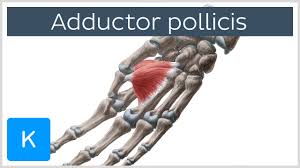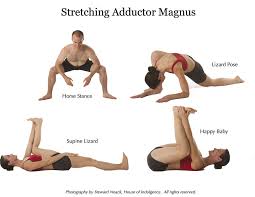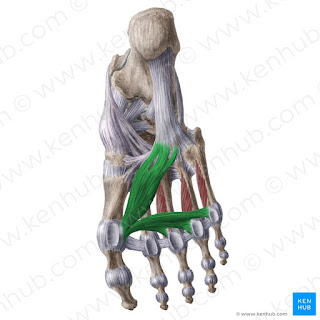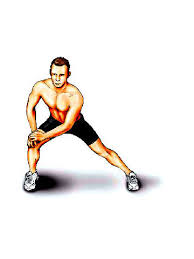Muscle Of The Week... Articularis Cubit
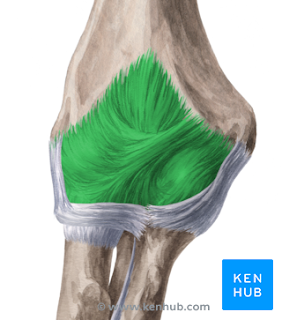
Hi There This week's muscle is a tough one. It is a small and weird one. Some might even call it more of a ligament than a muscle. Others believe it is part of the Tricep Brachii muscle. But I have linkes videos and articles to further your understanding. Articularis Cubit Origin: Beep distal surface of the medial head of the Tricep Brachii Insertion: Posterior capsule of the elbow joint. The function of Articularis Cubit Lifts capsule away from the joint Follow link for a video for the anatomy of the elbow joint . Most common injuries : Tennis or Golfers' Elbow (Epicondylitis) Dislocation of the joint Please follow the links to see my sources. I want to give credit to all of them. Keep Moving until ne xt time 👋

